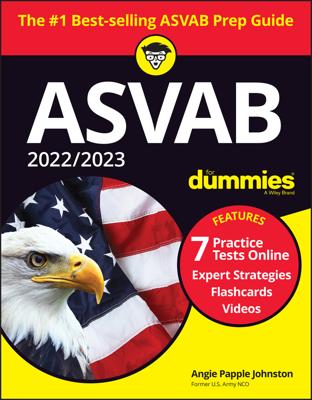Make sure you are familiar with working with positive and negative numbers for the ASVAB. Numbers can be positive or negative. A positive number is any number greater than zero. So 4; 3.2; 793; 3/4; 1/2; and 430,932,843,784 are all positive numbers.
Numbers smaller than zero are negative numbers. Every positive number has a negative number equivalent. You express negative numbers by putting a negative (minus) sign (–) in front of the number. –7, –18, –3/4 , and –743.42 are all negative numbers.
In the math subtests of the ASVAB, you’ll often be asked to perform mathematical operations on positive and negative numbers. Just remember the following rules:
Adding two positive numbers always results in a positive number: 3 + 3 = 6
Adding two negative numbers always results in a negative number: –3 + –3 = –6
Adding a negative number is the same as subtracting a positive number: 3 + (–3) = 3 – 3 = 0
Subtracting a negative number is the same as adding a positive number: 3 – (–3) = 3 + 3 = 6
Multiplying or dividing two positive numbers always results in a positive number: 3 ÷ 3 = 1
Multiplying or dividing two negative numbers always results in a positive number: –3 × –3 = 9
Multiplying or dividing a negative number with a positive number always results in a negative number: –3 × 3 = –9
When you multiply a series of positive and negative numbers, count the number of negative numbers. If the number is even, the result will be positive. If the number is odd, the result will be negative.
Everyone knows that 10 is larger than 5 and that 20 is larger than 15. With negative numbers, however, it works just the opposite: –10 is smaller than –5, and –20 is smaller than –15.
As you’ll recall from your math in school, any number multiplied by zero is zero.

